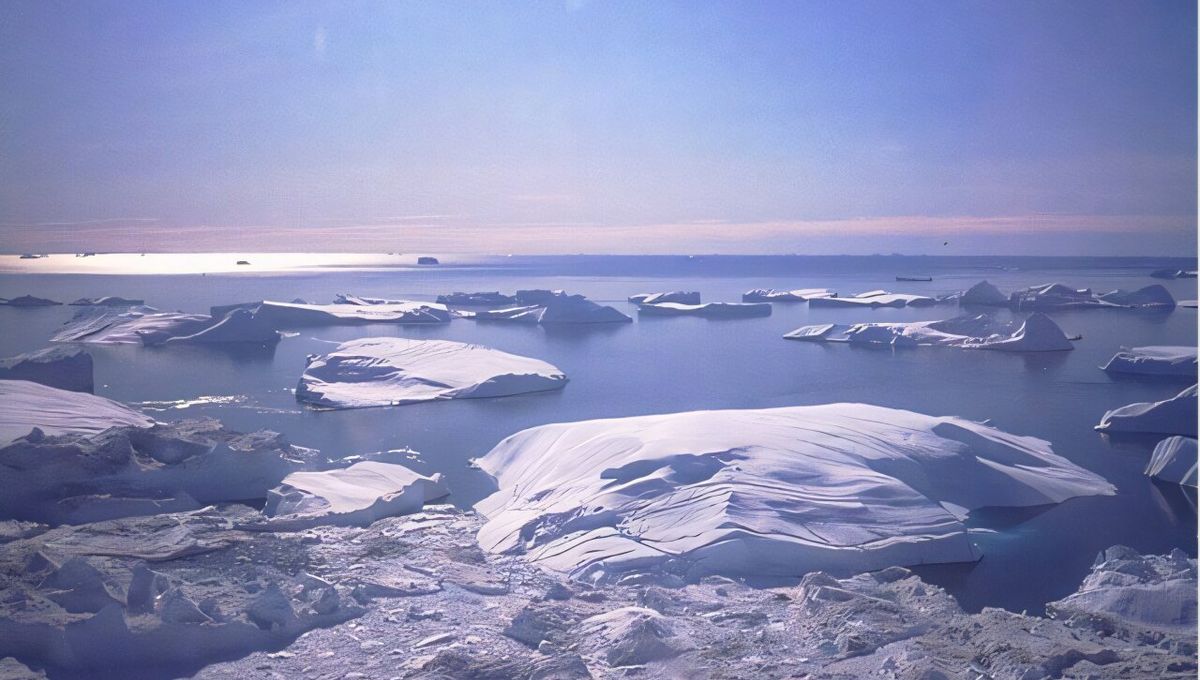
The extent of sea level rise measured by satellites around the world is in line with what climate models predicted in the 1990s, a new study has confirmed. That’s bad news, because what those models anticipate in future is frightening, but at least it shows our understanding of the climate is good.
People who want to nobble renewable energy or anything else that maintains a liveable climate love to claim that old predictions have been wrong. “If climate scientists exaggerated how fast the world would warm years ago, why should we listen to them now?” the argument goes. However, these assertions rely on misrepresenting, or outright fabricating, what climate scientists were saying back in the day.
A team including Professor Torbjörn Törnqvist and Assistant Professor Sönke Dangendorf of Tulane University assessed the accuracy of climate models, not by looking at temperature changes, but by using sea level rise, which experiences smaller fluctuations.
“The ultimate test of climate projections is to compare them with what has played out since they were made, but this requires patience – it takes decades of observations,” Törnqvist said in a statement.
Despite that more even trend, sea heights do move around, and we don’t just mean with tides and storms. Major flooding can move so much water from ocean to land that global sea levels drop, and when it happens on a flat continent like Australia, the effect can balance the ongoing rise for a surprisingly long time. There are also regional variations. When ocean currents speed up or slow down, water can bank up in some places and decline in others, so only a global view offers a true picture.
Nevertheless, satellite observations have shown a clear rising trend since we first had eyes in the sky that can measure the height of the oceans everywhere. Moreover, Törnqvist, Dangendorf, and co-authors found, the angle of the slope almost perfectly matches what was anticipated.
The pair used the 1996 Intergovernmental Panel on Climate Change (IPCC), which drew on the best models available at the time but was not influenced by satellite data, which was too new then to be useful.
That report projected a global average rise of 6-7 centimeters (2.4-2.8 inches) from 1993 to 2023 on the most likely scenario. The figure has turned out to be 8 cm (3.2 inches).
“We were quite amazed how good those early projections were, especially when you think about how crude the models were back then, compared to what is available now,” Törnqvist said. “For anyone who questions the role of humans in changing our climate, here is some of the best proof that we have understood for decades what is really happening, and that we can make credible projections.”
The small error comes almost entirely from the contribution of melting ice, primarily in Greenland and Antarctica. This has been almost 2 cm (about 1 inch), which is larger than the IPCC report expected. This is because the way warming waters can destabilize ice sheets where they meet the ocean, leading to faster flow, was not understood at the time.
Eight centimeters over 30 years may not sound too scary, but it is already creating havoc in some low-lying countries. Moreover, a consistent feature of models then and now is that the rise will not be linear; it will accelerate. Predictions for major cities to be regularly flooded at high tide are likely to be met right on schedule.
“Sea level doesn’t rise uniformly – it varies widely,” Dangendorf said. “Our recent study of this regional variability and the processes behind it relies heavily on data from NASA’s satellite missions and NOAA’s ocean monitoring programs. Continuing these efforts is more important than ever, and essential for informed decision-making to benefit the people living along the coast.”
The study is open access in Earth’s Future.
Source Link: Climate Models Have Predicted Sea Level Rise Almost Perfectly For 30 Years